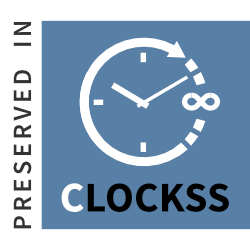Magnetic resonance cholangiopancreatography (MRCP) based diagnosis of pancreaticobiliary disorders: Three years study at a tertiary care Hospital
DOI:
https://doi.org/10.53992/njns.v9i3.195Keywords:
Pancreaticobiliary disorders, MRCP, Biliary tract, PancreasAbstract
Magnetic Resonance Cholangiopancreatography (MRCP) is a non-invasive imaging modality that has high accuracy for evaluation of the biliary and pancreatic ducts. The current study aims to assess the role of MRCP in finding various pancreaticobiliary pathologies. It was a retrospective study, data was collected from 659 patients who underwent MRCP at MRI unit Holy Family Hospital, Rawalpindi. Chi-Square was applied to find the difference in the prevalence of various disorders. The presenting indication in our data shows 72% of patients with pain (abdominal, epigastric and right hypochondrium) followed by jaundice in 11.3% participants. Our results indicate that the most common pancreaticobiliary disorders were obstructive including cholelithiasis along with choledocholithiasis (8.3%), cholelithiasis (17.8%) CBD stricture (16.4%) and acute pancreatitis (10.9%). Moreover, our data also showed that the obstructive disorders particularly cholelithiasis (20.9%vs 13.7%) was more common in females as compared to males. We also showed that neoplastic disorders were more prevalent in the age group 53-65, whereas strictures were more common in the 39-52 age group, and we have observed higher prevalence of inflammatory disorders in age group 27-39. MRCP allows the evaluation of pancreaticobiliary disorders with high accuracy. Being non-invasive, MRCP can be used in early diagnosis and preventive treatment of pancreaticobiliary disease thereby facilitating accurate diagnosis and subsequent clinical management.




